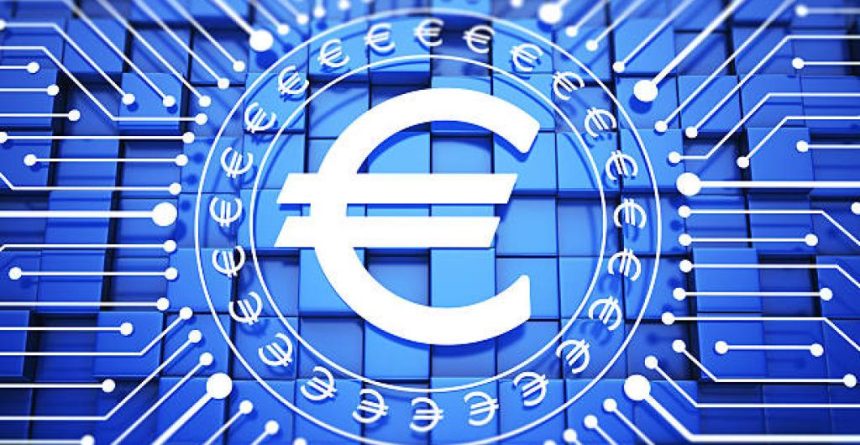The digital euro project has gained momentum. After two years of research on its design and distribution and the approval in June by the European Commission of the regulation, the ECB gave the green light to the preparation phase on October 18. It has not yet been decided to issue it, but progress is being made on the project, which is currently being presented to society, as in the Open Day organized by the Bank of Spain this week, with the participation of different visions of the ecosystem where it would operate.
The euro was physically introduced in January 2002 with banknotes and coins in circulation, which do not allow the advantages of digitalization to be exploited. Hence the possibility of a digital euro as a complement to cash. Digital euros would be in an account and payments would be made with devices such as cards or cell phones. Both instruments, the physical and the digital euro, would be backed by the central bank. Cash will continue to exist because of its many advantages – such as privacy – and its high usage among significant population groups.
European authorities have pointed out the advantages in terms of efficiency, security and financial inclusion. Also to counter private digital currencies that, in too many cases, have generated many problems. Initiatives in other countries, such as China, with its digital yuan, also put pressure on the U.S. Federal Reserve and the ECB. In China it transcends the economic, in a non-democratic society. And the use of the yuan in international markets as a currency is enhanced. The case of the dollar and the euro -already a major global presence- is different. In those economies, privacy is very important and there is already a plethora of private digital solutions for payments. There may be little appetite for a new instrument, even if it comes backed by the central bank. Fabio Panetta, newly appointed governor of the Bank of Italy, had so far led the ECB’s voice on this issue, noting that “in general, confidentiality and privacy are different from anonymity” and “citizens will still be able to use cash, which guarantees anonymity.” This could happen if offline payments are made possible for small amounts, where the payer’s and payee’s details are not recorded.
If the digital euro is implemented, it should be done gradually (e.g., starting on the wholesale side first), so that it can be tested and capabilities can be expanded in the future. These are necessary caveats because of the implications for the banking sector, particularly in terms of deposits – critical for credit and financial stability – so limits on digital euro holdings should be sufficiently low. Likewise, in a system with efficient private digital solutions (such as Bizum in Spain), their interoperability with the digital euro should be guaranteed. In short, there are still many questions that need to be answered because of the importance of the project.


